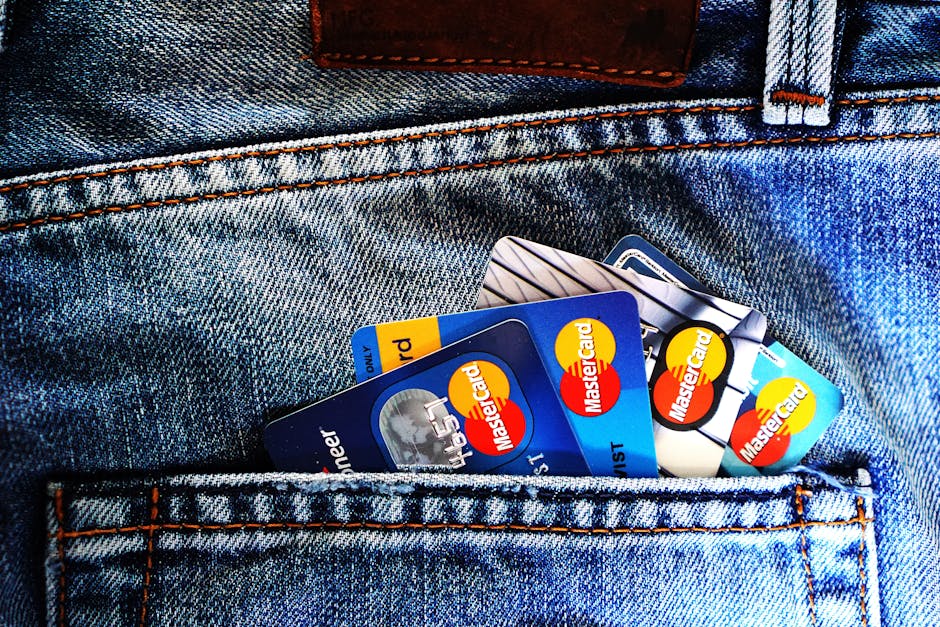Hip flexors are a group of muscles that allow you to lift your thigh towards your chest. They play a crucial role in everyday activities such as walking, running, and sitting. However, prolonged sitting, sedentary lifestyles, and certain sports can lead to tight hip flexors, resulting in discomfort and reduced range of motion.
**Consequences of Tight Hip Flexors**
Tight hip flexors can have several negative consequences:
* **Back pain:** When hip flexors are tight, they pull the pelvis forward, creating an imbalance in the lower back and potentially leading to back pain.
* **Knee pain:** Tight hip flexors can also affect knee alignment, putting additional stress on the knee joint and potentially causing pain or injury.
* **Reduced range of motion:** Tight hip flexors can restrict the range of motion in the hip joint, making it difficult to perform certain activities or exercises.
* **Muscle imbalances:** Over time, tight hip flexors can create muscle imbalances, as the opposing muscles (hip extensors) become weaker due to lack of use.
**How to Unlock Hip Flexors**
Unlocking hip flexors involves regular stretching and strengthening exercises to restore flexibility and balance. Here are some effective techniques:
* **Stretching:**
* **Quadriceps stretch:** Kneel on one leg and grab your ankle with your opposite hand. Pull your heel towards your buttocks while keeping your knee aligned with your toes. Hold for 30 seconds and repeat on the other leg.
* **Hip flexor stretch:** Lunge forward with one leg and place your hands on the ground in front of you. Keep your back straight and push your hips forward until you feel a stretch in the front of your thigh. Hold for 30 seconds and repeat on the other leg.
* **Strengthening:**
* **Glute bridges:** Lie on your back with your knees bent and feet flat on the ground. Lift your hips towards the ceiling, squeezing your glutes at the top. Hold for 2-3 seconds and repeat for 10-15 repetitions.
* **Step-ups with knee drive:** Step onto a platform with your right foot and drive your left knee towards your chest. Lower your left foot and step down with your right foot. Repeat for 10-15 repetitions on each leg.
* **Foam rolling:**
* **Quadriceps foam rolling:** Place a foam roller under your thigh and roll up and down, applying pressure to the tight areas. Repeat for several minutes.
* **Hip flexor foam rolling:** Sit on the foam roller with your feet flat on the ground and your knees bent. Roll back and forth, applying pressure to the hip flexor muscles. Repeat for several minutes.
**Consistency and Patience**
Unlocking hip flexors requires consistency and patience. Gradually increase the intensity and duration of your stretches and exercises over time. Listen to your body and rest when necessary. With regular practice, you should notice a gradual improvement in hip flexibility and a reduction in discomfort.
**Conclusion**
Tight hip flexors can impact various aspects of your health and well-being. By implementing the techniques described above, you can effectively unlock your hip flexors, restore flexibility, and alleviate associated pain and discomfort. Remember to approach this process gradually and consistently to achieve optimal results.
